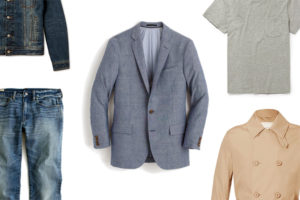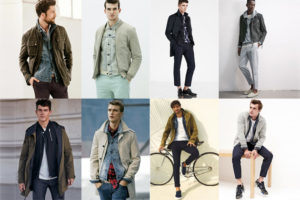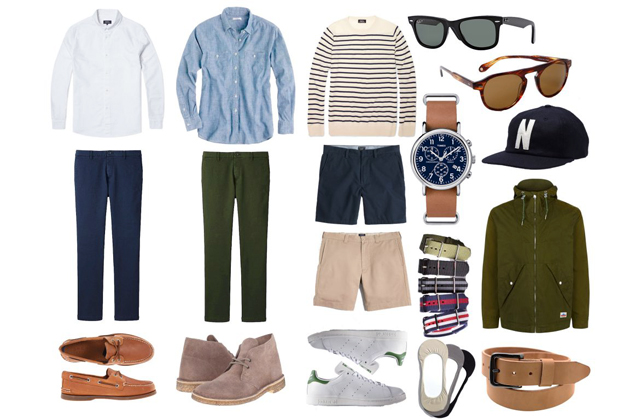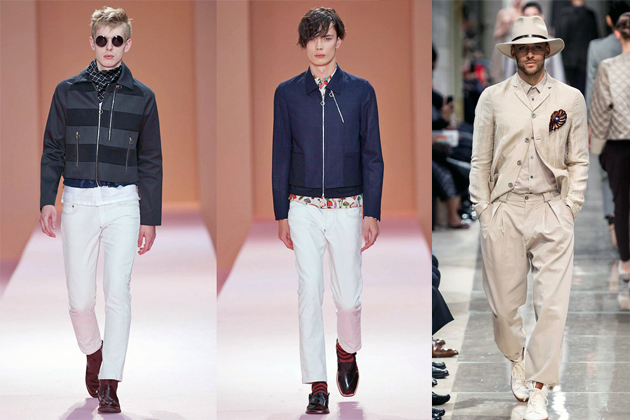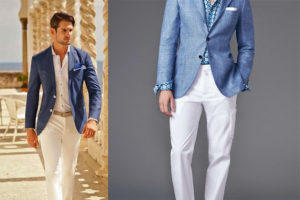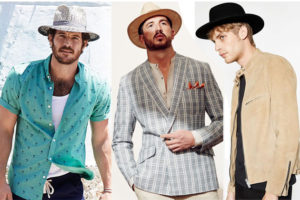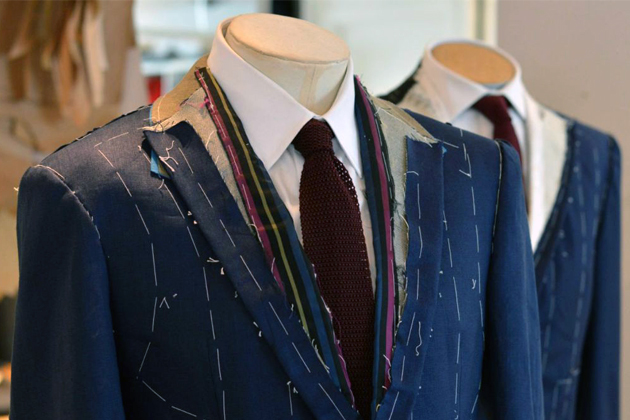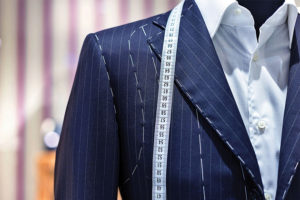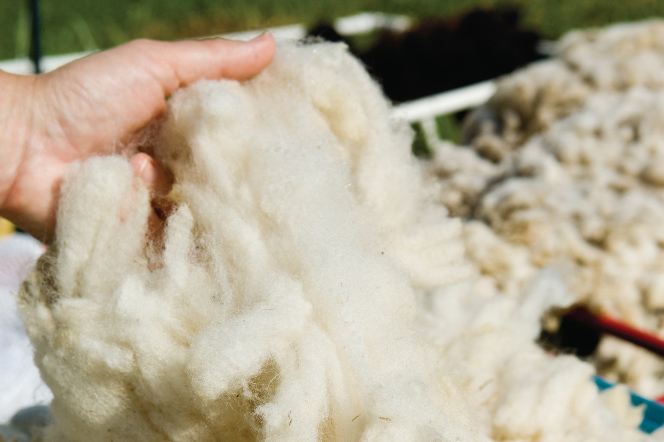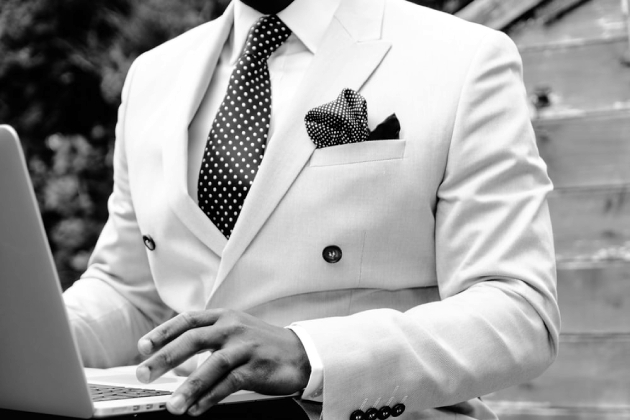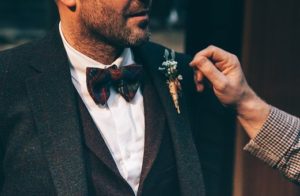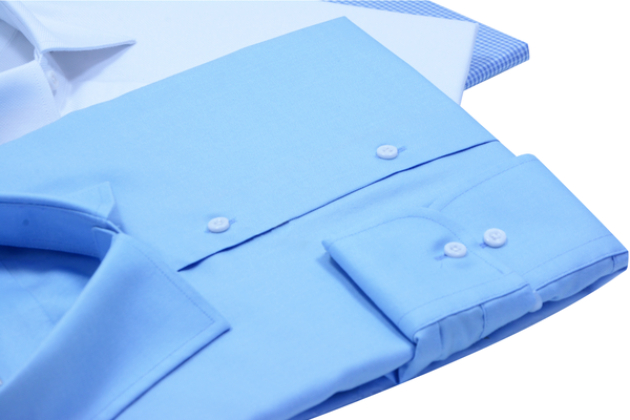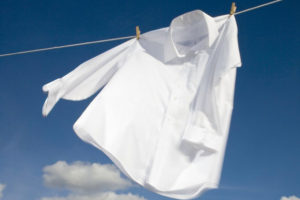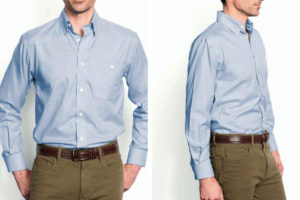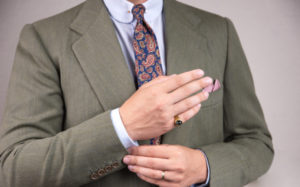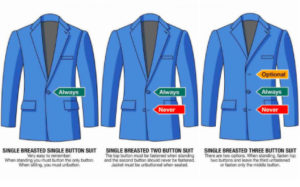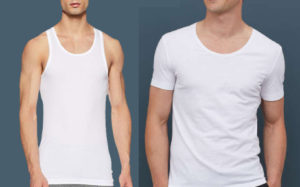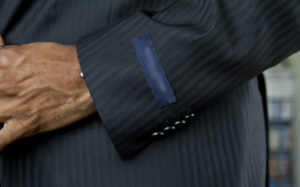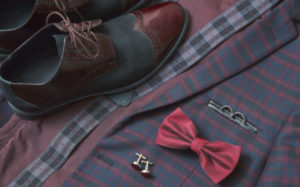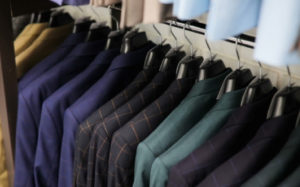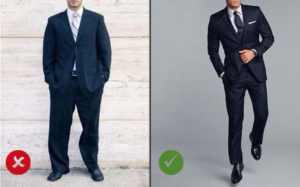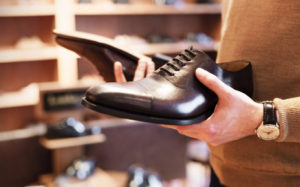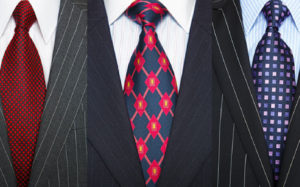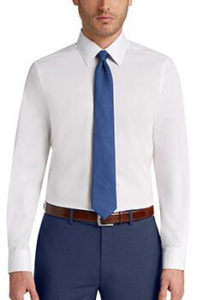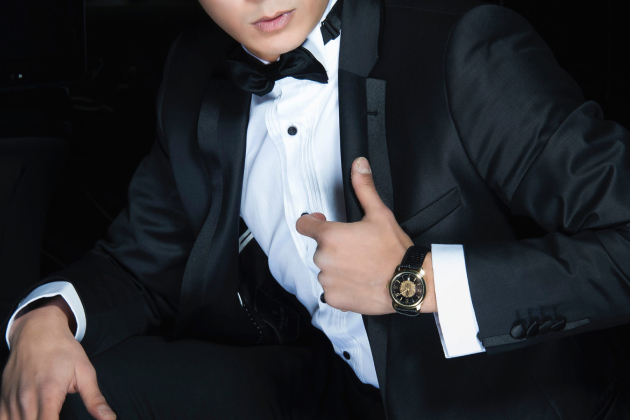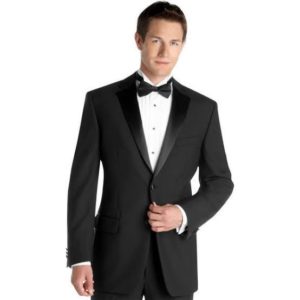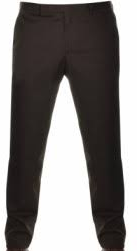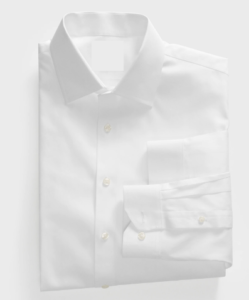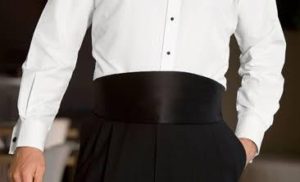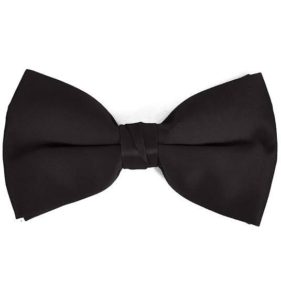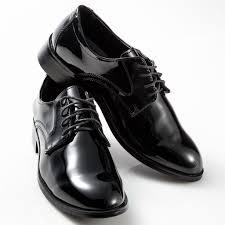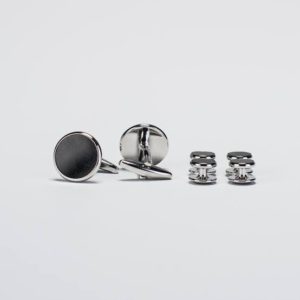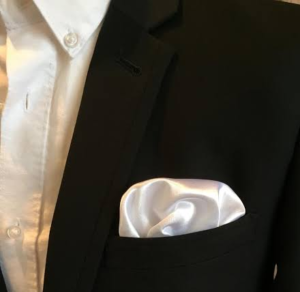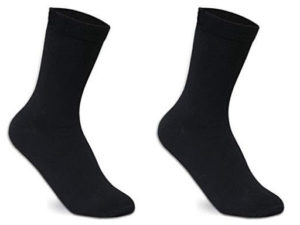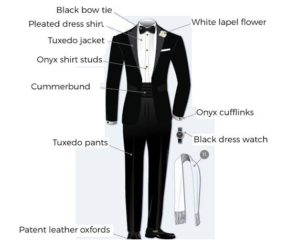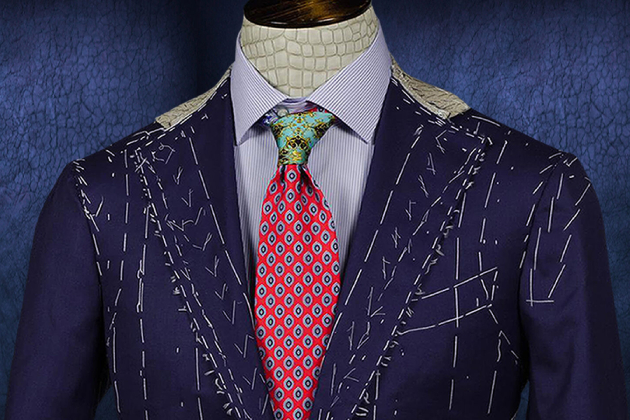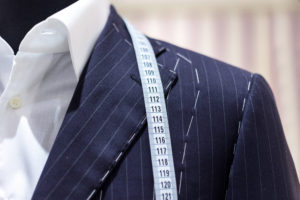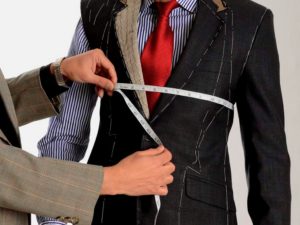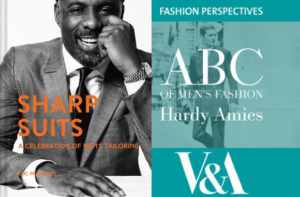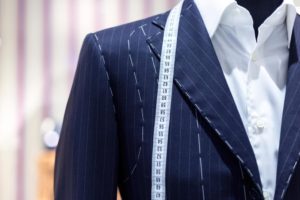Does “Super 150s Wool” Make For A Great Suit?
Any man feels especially suave and sophisticated when he’s buying a new suit. Even folks with modest financial means are willing to splurge on high-quality formal clothing.
Then it happens: The customer’s eye lights on the tags on a premium suit. It says “Super 180s” wool. And the price is incredibly high. The fabric’s amazingly smooth, it feels great on the hand – but does that mean the suit is something extra special?
The Amazing History of The Super Number
In a world of high technology, the origin story of wool’s super number is laughably arcane. It goes back to the 18th century, when the production of wool became a global industry. Spinners needed a way to quantify the fineness and quality of different vendors’ wool. What they wound up with was counting the number of “hanks,” heavy-duty yarn spools that could be spun from a single pound of wool.
For centuries, the fineness of quality wool ran from 30s to 100s. That started to change in the mid-twentieth century, as refined weaving technology made it possible to break the 100s barrier. Fineness took a big jump, the measurement gained the prefix “Super,” and authorities started measuring with a microscope.
Today virtually all suit wool is over 100s, with numbers above 150s being common for extremely fine suits. Experts predict that 250s wool will enter the marketplace soon, indicating the upper limit of modern possibilities.
Clearing Up Confusion: Important Distinctions To Make
It’s important to understand the distinction between the different terms used to describe the fineness of wool before purchasing a good suit. “Super 110s” indicates fabric that’s fairly fine and spun entirely from wool. A number without the “super” prefix indicates a wool blend, although the fineness requirements are the same.
It should also be noted that because of its weight-to-fineness origins, this measurement is completely different from the “thread count” used to gauge the fineness of other fabrics, like cotton. The modern range of wool used in good suits ranges from Super 100s to Super 150s, with lower fineness grades being practically unheard of. Higher grades exist, though, and they command astronomical prices.
The Truth About Super Wools – Finer Fabric, Poorer Durability
No one can deny that fine wool suits are far lighter and finer than they were just ten years ago. No refinement comes without price, though. As weavers produce lighter and lighter wool, they lose the incredible durability that made wool valuable in the past. Suits crafted from high Super number wool are closer to linen in the way they crease and wear. This means that the high end of the Super number scale is not just rare, it’s also incredibly fragile. Sports cars make for an apt analogy: Think of a Super 180s wool suit like a Ferrari. It’s best suited to wearers who can not only afford it but afford to lose it.
Tailoring Is Still King
For ordinary men, it’s best not to worry too much about Super numbers. Excellent suits can be created (and are!) using wool in the Super 110s to Super 150s range. When he starred in the Thomas Crown Affair, Pierce Brosnan was clad exclusively in Super 150s. It cannot be stated often enough: A stylish, well-tailored wool suit will look great in fabric of almost any fineness.
In contrast, even the rarest Super 200s wool cannot save a man who’s wearing a poorly cut suit. It’s better to invest in a good fit and excellent adjustments before worrying about super premium wool.
Jennifer Lopez schools on material
